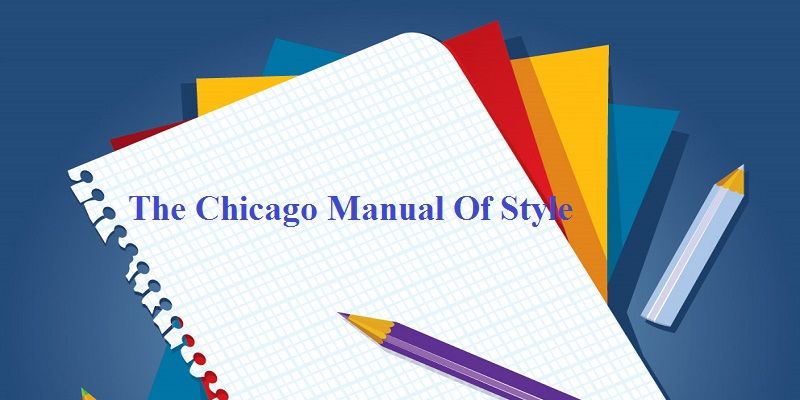How To Format Using Chicago Manual Of Style
- Views2294
- Comments 0
- Academic Writing
- AuthorSandra W.

How To Format Your Essay Using The Chicago Manual Style
The Chicago Manual of Style, 16th Edition gives specific guidelines for formatting papers in history and humanities. A slight modification of Chicago style is known as Turabian style. Proper citation acknowledges the creators of each source and helps your readers find the original source if they would like more information.
The humanities style provides detailed bibliographic information in a note-sometimes a footnote on the page where a source is placed, and sometimes as an end-note on the final page of the paper. One is required to repeat citation information in a bibliography at the end of a paper. However, always check with your instructor whether he/she prefers end notes or footnotes and if you need to include the bibliography.
The Author-Date style briefly cites sources used in the text, usually in parentheses, by author’s last name and date of publication. Provide the short citations on the reference page at the end of the paper where full citation information for sources is provided.
General CMS/Turabian Rules
- For Notes, include the author’s name as listed in the article (FirstName LastName). In bibliographic entries, authors’ names are inverted (LastName, FirstName); for each additional author, use traditional name order.
- Number all the footnotes/end notes chronologically.
- For bibliography/references pages, indent each line of the citation after the first line one-half inch.
- Always locate a date of publication or the date of the last update, but if there is not one, use n.d. (no date). In Author-Date style, place a comma between the author’s last name and n.d. This ensures that n.d. is not mistaken for the author’s initials.
- Titles of shorter works (e.g., articles, song, poems, and short stories) are placed in quotation marks: "Title.” Titles of longer works (e.g., books, journals, albums, movies) are italicized: Title.
- The list of sources at the end of a Note-Bibliography style paper is called Bibliography; the list of sources at the end of an Author-Date style paper is called References.
- Once you have provided the bibliographic information for a source, each additional citation requires only the author’s last name, a shortened version of the title, and the page or pages cited. Follow the formatting guidelines for titles. When you have two consecutive notes from the same source, use Ibid. (which means "in the same place”) and the page number; just use Ibid. if the page number is the same as the previous citation.
General Formatting
Margins:
At least 1 inch all around each page.
Typeface:
Use a readable typeface such as Times Roman or Palatino and be consistent throughout the entire document. Use at least 10 or 12-point font.
Spacing:
Double-space all text except the following, which should be single-spaced:
- Title page
- Block quotations
- Table titles and figure captions
- Footnotes or end notes
- Bibliographies or reference lists
Use only one space after each terminal punctuation mark.
Title Page
- Course papers should begin with a title page. The title page is the only front matter needed for a course paper.
- Do NOT number the title page.
Page numbers:
- You can place page numbers in any of the following locations: centered in the footer, centered in the header, or flush right in the header. Choose one of these locations and be consistent.
